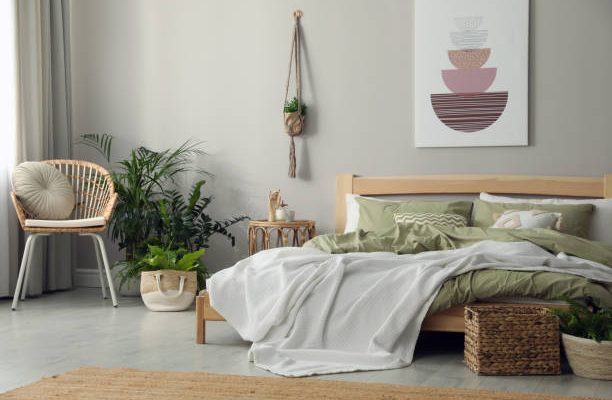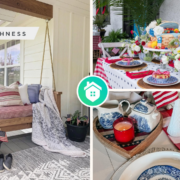As your children grow, so do their needs and preferences. One of the most significant transformations in their environment happens in their bedroom. What once accommodated a crib and baby toys now needs to evolve into a space that reflects their changing interests, provides functionality, and supports their growing independence. Renovating your children’s bedroom from toddler to child is an exciting project that requires careful planning and consideration. Here’s a comprehensive guide to help you navigate this transition seamlessly.
Assessing Current Needs and Future Requirements
Before diving into the renovation process, take stock of your child’s current needs and anticipate what they might require in the future. Consider factors such as age, interests, hobbies, and any upcoming milestones. For instance, if your child is transitioning from a crib to a bed, you’ll need to allocate space for a larger sleeping area. Perhaps your child will be sharing a room with their sibling, in which case investing in bunk beds from reinforcedbeds.co.uk is a key way of providing a space that stands the test of time.
Planning for Flexibility and Adaptability
Children’s interests can change rapidly, so it’s essential to design a room that can adapt to evolving preferences. Opt for furniture and décor that can easily be updated or replaced as your child’s tastes mature. Additionally, choose neutral colors for walls and larger furniture pieces, allowing you to incorporate pops of color and theme-specific elements through easily interchangeable accessories like bedding, rugs, and wall art.
Creating Zones for Different Activities
To accommodate various activities like sleeping, playing, studying, and storage, consider dividing the room into distinct zones. Allocate specific areas for each activity to promote organization and create a conducive environment for different tasks. For instance, designate a cozy corner for reading or relaxation, a study area with a desk and chair, and a dedicated play space with ample room for toys and activities.
Maximizing Storage Solutions
As your child accumulates belongings over the years, adequate storage becomes crucial to maintain an organized and clutter-free space. Incorporate a combination of storage solutions such as closets with adjustable shelves and hanging rods, under-bed storage bins, bookshelves, and multi-functional furniture with built-in drawers or compartments. Utilizing vertical space with wall-mounted shelves or pegboards can also help maximize storage capacity without taking up valuable floor space.
Incorporating Age-Appropriate Décor and Themes
While toddlers might enjoy whimsical characters and bright colors, older children often prefer more mature and personalized décor themes. Involve your child in the decision-making process by allowing them to choose themes, colors, and decorative elements that reflect their interests and personality. Whether it’s sports, animals, superheroes, or their favorite hobbies, incorporating their preferences into the room’s design will make it feel like their own special retreat.
Safety Considerations
Safety should always be a top priority when renovating a child’s bedroom. Ensure that furniture is securely anchored to the wall to prevent tipping, choose non-toxic paints and materials, and eliminate any potential hazards such as sharp corners or dangling cords. Invest in child-proofing measures such as outlet covers, drawer latches, and door stoppers to create a safe environment for your child to sleep and play.
Conclusion
Renovating your children’s bedroom as they transition from toddler to child is an exciting opportunity to create a space that reflects their personality, supports their needs, and evolves with them over time. By carefully planning and incorporating elements that promote flexibility, organization, and safety, you can design a room that grows alongside your child and provides a nurturing and inspiring environment for years to come.




















